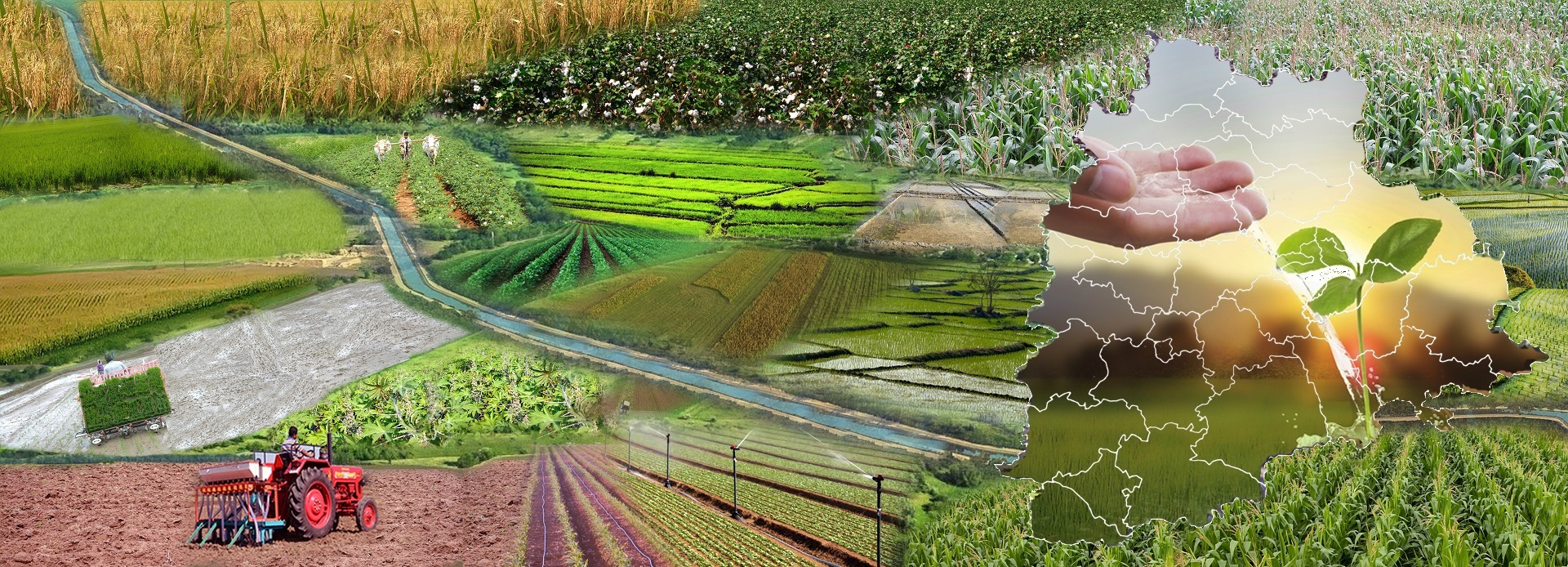



Received: 01-Apr-2022, Manuscript No. GJAEERD-22-63795; Editor assigned: 05-Apr-2022, Pre QC No. GJAEERD-22-63795 (PQ); Reviewed: 20-Apr-2022, QC No. GJAEERD-22-63795; Revised: 28-Apr-2022, Manuscript No. GJAEERD-22-63795 (R); Published: 06-May-2022, DOI: 10.15651/2408-5480.22.10.001
Forest governance refers to new modes of governing that go beyond the confines of the state. These modes are believed to be further effective and legitimate than conventional steering by governments. Hence good forest governance means opinions are fair, transparent and just, rights are admired, laws and rules are executed equitably, decision makers are responsible, and opinions are made grounded on the analysis of what's good for people and timbers in general and not particular interest.
Forest governance is a pillar of sustainable timber operation, and reducing deforestation and timber declination also known as REDD. As countries progress towards REDD readiness by developing public REDD strategies and emigration reductions programs, timber governance signal of weak timber governance. The term timber governance for these purposes encompasses all relations formal and informal that control how people interact in the timber (Bussola, 2021). Good governance is frequently associated with principles similar as translucency, participation, and responsibility. The resources below give specialized guidance and resources related to forest governance. Deforestation Forest and declination have long been important enterprises for timber operation as they harm biodiversity, contribute to climate change and increase poverty in developing countries. The problem is aggravated where in numerous cases illegal timber concurrence conditioning are seen in a number of developing countries (Djenontin, 2021).
This goes against regulations and laws and disregards conservation and livelihood values of timbers. Thus, integrating measures to attack not only the challenges of illegality (through timber and request reforms are a critical foundation for designing effective programs that can achieve results. Implicit motorists of deforestation and timber declination, i.e., illegal logging, timber conversion, land term issues, can be a) but also those related to sustainable use to remains critical for environmental and social points (Lucungu, 2022). We exceed at programmers designed to ameliorate timber governance for bettered operation of timbers and increased livelihoods to reduce poverty and climate change. Our work is concentrated on programmers that combat deforestation and illegal logging of timber where we give moxie in monitoring, evaluation and literacy but also in some thematic areas which are stated below. We've expansive experience in furnishing focused support to development agencies, policy makers, private sector, and civil society organizations in timber governance and forcefully believe that timber governance and climate change enterprise need to work together in reforms for sustainable use of natural coffers and attack poverty.
Governance of REDD covers the opinions, actors, processes, arrangements and policy tools demanded to design and to apply REDD strategies as well as specialized REDD pillars. This involves original, public and global actors from a wide range of sectors. It relates to the institutional, policy and legal confines that will impact the successful perpetration of REDD, exhaustively addressing both direct and circular motorists of timber loss and declination. It deals with governance enablers and/ or challenges that impact how emigration reduction from deforestation and timber declination will take place. These issues frequently go beyond the forestry sector and cover programs linked to changes in land- use change.
Using on the experience and results attained in UN-REDD Phase 1 and 2, this thematic area will continue supporting mate countries to establish governance systems of and for REDD contributing to the achievement of the Paris Agreement and strengthening the enabling terrain for the long term sustainability of REDD conditioning at different situations. It'll work- boosting participatory approaches, strengthening government, original and public stakeholder knowledge and capacities on different motifs promotion of governance principles (responsibility, effectiveness, effectiveness, equity, participation, and translucency).
Strengthening legal fabrics, through specialized support for development/modification and enforcement of forestry, husbandry, land and climate change laws and programs (Soliev, 2021). Particular emphasis is made on the analysis of carbon/ER rights, benefit- participating schemes and institutional arrangements demanded to apply REDD.
Community forestry is an evolving branch of forestry whereby the original community plays a significant part in timber operation and land use decision making by themselves in the easing support of government as well as change agents. It involves participation and collaboration of various stakeholders including community, government and Non-Governmental Organizations (NGOs). The position of involvement of each of these groups is dependent on the specific community timber design, the operation system in use and the region. It gained elevation in themid-1970s and exemplifications of community forestry can now be seen in numerous countries including Nepal, Indonesia, Korea, Brazil, India and North America. Community forestry is a branch of forestry that deals with the collaborative operation of timbers for generating income from timber and non-timber timber products as forms of goods while in other hand regulating ecosystem, downstream agreements benefits from watershed conservation, carbon insulation and aesthetic values as in forms of services. It has been considered one of the most promising options of combining timber conservation with pastoral development and community commission and poverty reduction objects (Trejos, 2021). Community forestry is defined by the food and agricultural organization of the United Nations as “any situation that privately involves original people in forestry exertion. Community forestry exists when the original community in an area plays a significant part in land use decisiontimber and when the community is satisfied with its involvement and benefits from the operation of the surrounding forest and its resources.